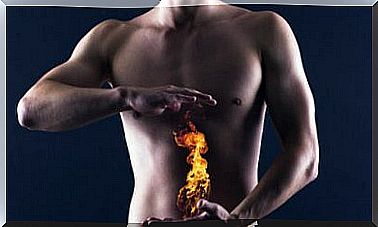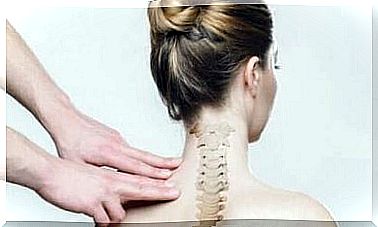Groin Strain: Why Does It Happen?
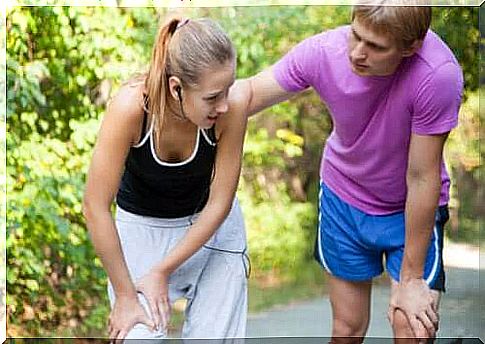
A groin strain is a partial tearing of the small fibers in the adductor muscles that are located on the inside of the thigh. It can be mild or severe, but with rest and proper treatment, it is usually completely cured.
This pathology is included in the group of groin problems and injuries that occur during recreational activities related to exercise, work that requires a lot of effort and vehicle accidents, among many other events. If you want to know more about groin strain and how to deal with it, read on.
Why can groin strain occur?
As indicated by the portal KidsHealth , the groin strain occurs when one of the inner thigh muscles is stretched, damaged or broken. There are 5 muscles at this site, which are named as follows: pectineus, short adductor and long adductor – extending from the pelvis to the femur – gracile and adductor magnus – extending from the pelvis to the knee.
The medical page Hopkinsallchildrens.org shows the most common causes for this event to occur. Among them, we find the following:
- Play sports that require running at high speed for short periods of time or that require sudden changes in direction.
- Tightened muscles, especially when the necessary warm-up is not done before doing a demanding exercise.
- Little physical preparation or fatigue when performing an activity that requires a lot of muscle demand.
- Return to activity too quickly after a previous injury.
This pathology is usually related to exercise, but this is not always the case. In general, any excessively aggressive stretching of the muscles or a direct hard hit can lead to a groin strain.
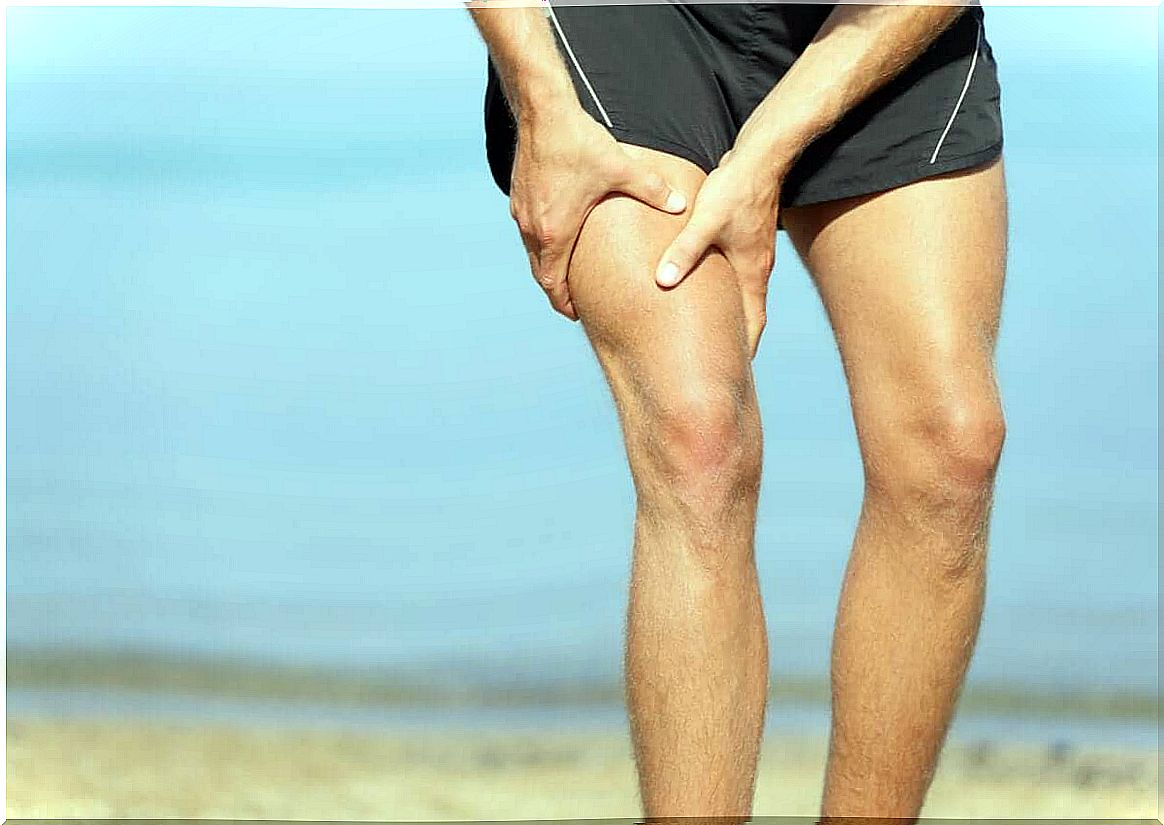
Symptoms of groin distension
The Radychildrens portal , belonging to the hospital in San Diego (California), shows that there are 3 degrees of distension in the groin. As you will see below, each of them has its own symptomatology:
- First degree: mild pain that may go unnoticed until the patient finishes the exercise. Once the activity ends, the athlete feels local stiffness and tenderness.
- Second degree: Stiffness and moderate pain in the groin, along with small bruises and swelling. Gait can be hampered and running becomes a little difficult.
- Third degree: severe pain, swelling, bruising, and inability to cross the legs. Walking becomes very difficult.
In general, we can summarize the symptoms of groin distension to the following clinical signs: swelling and bruising in the groin area, muscle spasms, weakness in the affected leg, and certain problems with walking.
Diagnosis
First, the doctor will ask what you were doing before you felt the pain that led to your appointment. In general, the diagnosis is differential, that is, a physical examination is performed to rule out other pathologies – such as, for example, the athlete’s hernia.
If the injury is first-degree, less than 10% of the muscle fibers involved will be injured. In grade 2 events, 10 to 90% of the fibers are injured, whereas in grade 3 the muscle is almost completely torn. On occasion, an MRI can be used to quantify the extent of the tear.
Groin distension treatment
Treatment will depend on the degree of injury. In milder cases, the problem is resolved with a 2-week rest, while a complete break may require up to 3 months of recovery. Medical records indicate some of the guidelines that should be followed to achieve rapid improvement:
- Rest: do not do any activities that cause pain during the recovery process.
- Cold: Applying ice with cold compresses to the groin area for 15 minutes, about 4 times a day, is a good option to soothe pain and inflammation. Remember that ice should never be applied directly to the skin.
- Medications: There are medications that do not require a prescription for the treatment of mild or moderate pain, such as non-steroidal anti-inflammatory drugs.
- Compression: Compression bandages can be applied over the affected area to prevent inflammation. Consult your physiotherapist about the most viable option.
- Elevation, stretching and strengthening: a series of exercises and postures that favor the recovery of the affected muscle. Again, check these techniques and how they should be applied with a professional.
- Heat: should only be applied when you want to resume physical activity.
In general, the treatment is based on a period of rest for the muscle to recover, but without leaving out certain stretches so that it does not atrophy too much due to disuse. The entire recovery process must be guided by a professional.
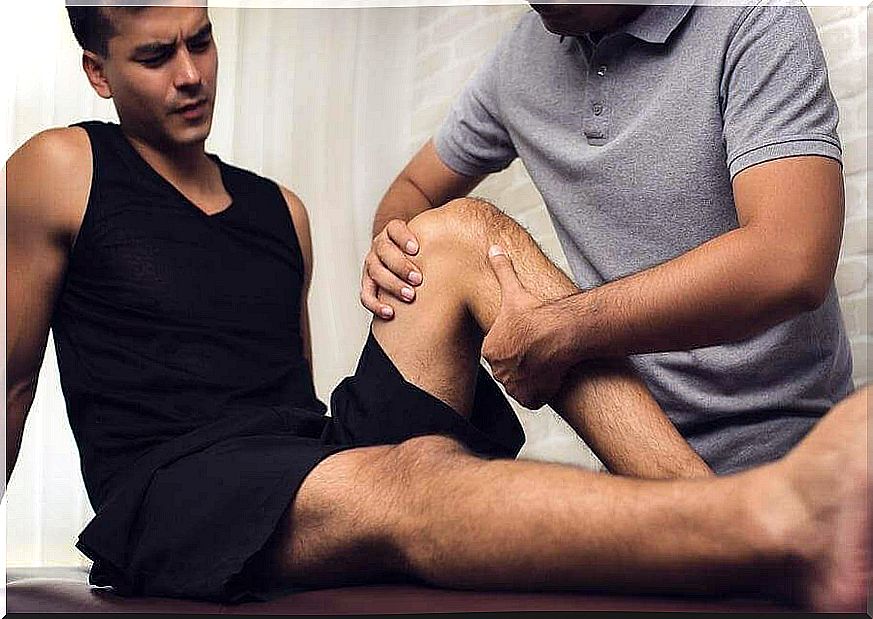
Tips that will help you prevent a groin strain
It is sometimes difficult to prevent this type of injury from occurring, especially if you are a professional athlete. Up to 16% of all injured football players go to the doctor because of a groin strain. It is also very common when practicing activities such as hockey, tennis and basketball.
So the only thing we can say is that you should stretch before you exercise and you shouldn’t push yourself too hard. If you experience pain in your groin area, stop exercising for a few days and take care of the affected area. The best treatment for groin distension is, without a doubt, to prevent its onset.
Conclusion
As you may have noticed, groin strain is a very common condition that arises as a result of overloading the pelvic muscles during physical activity. However, with a good planning of exercises, prior stretching and suspension of the activity in case of pain, it is possible to avoid its onset.



